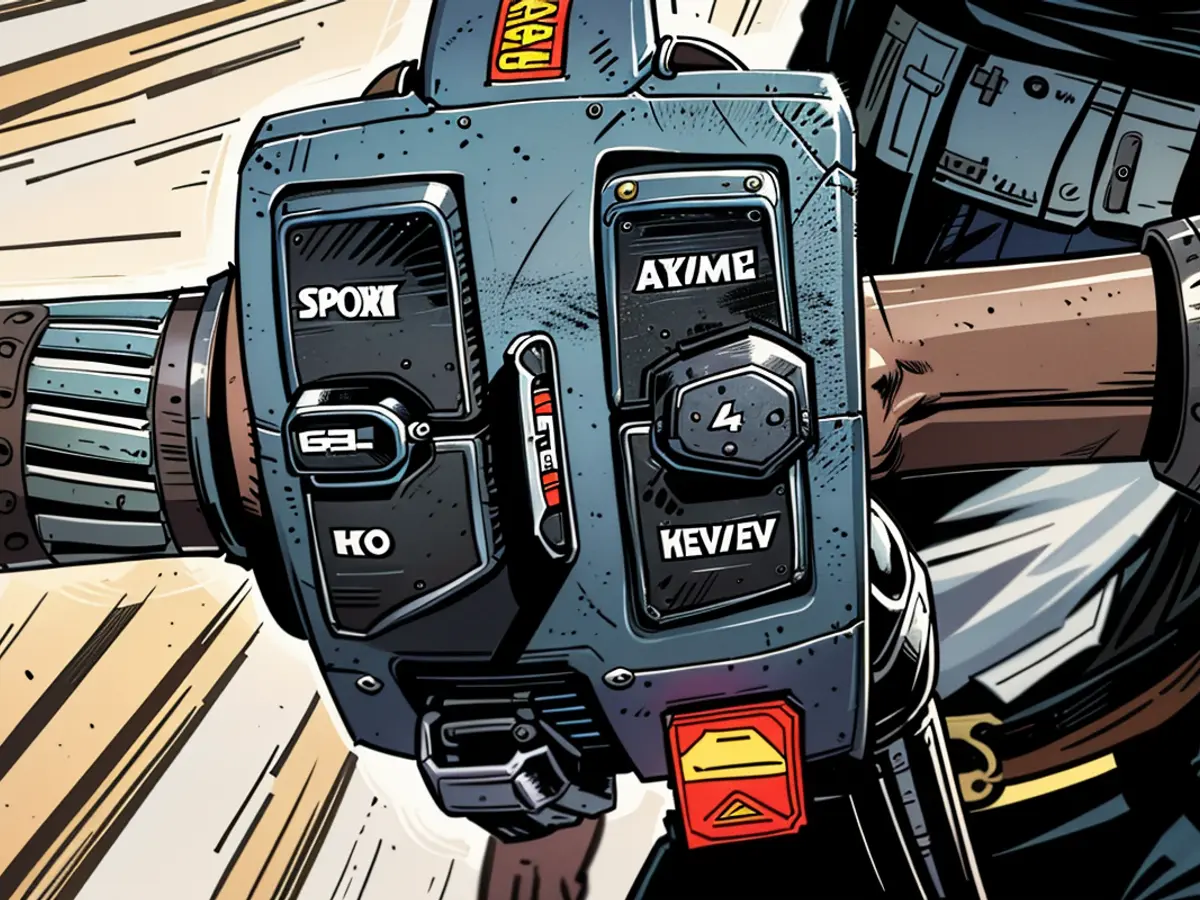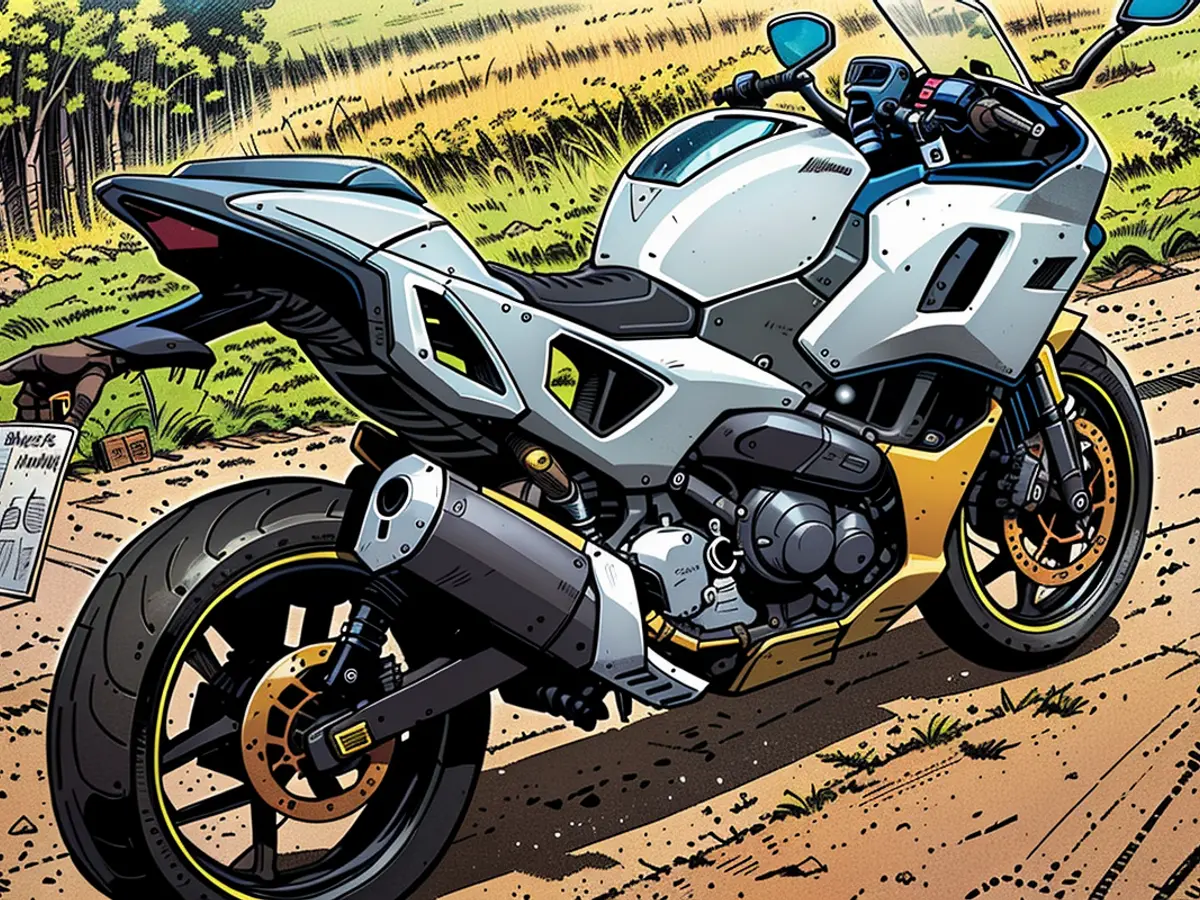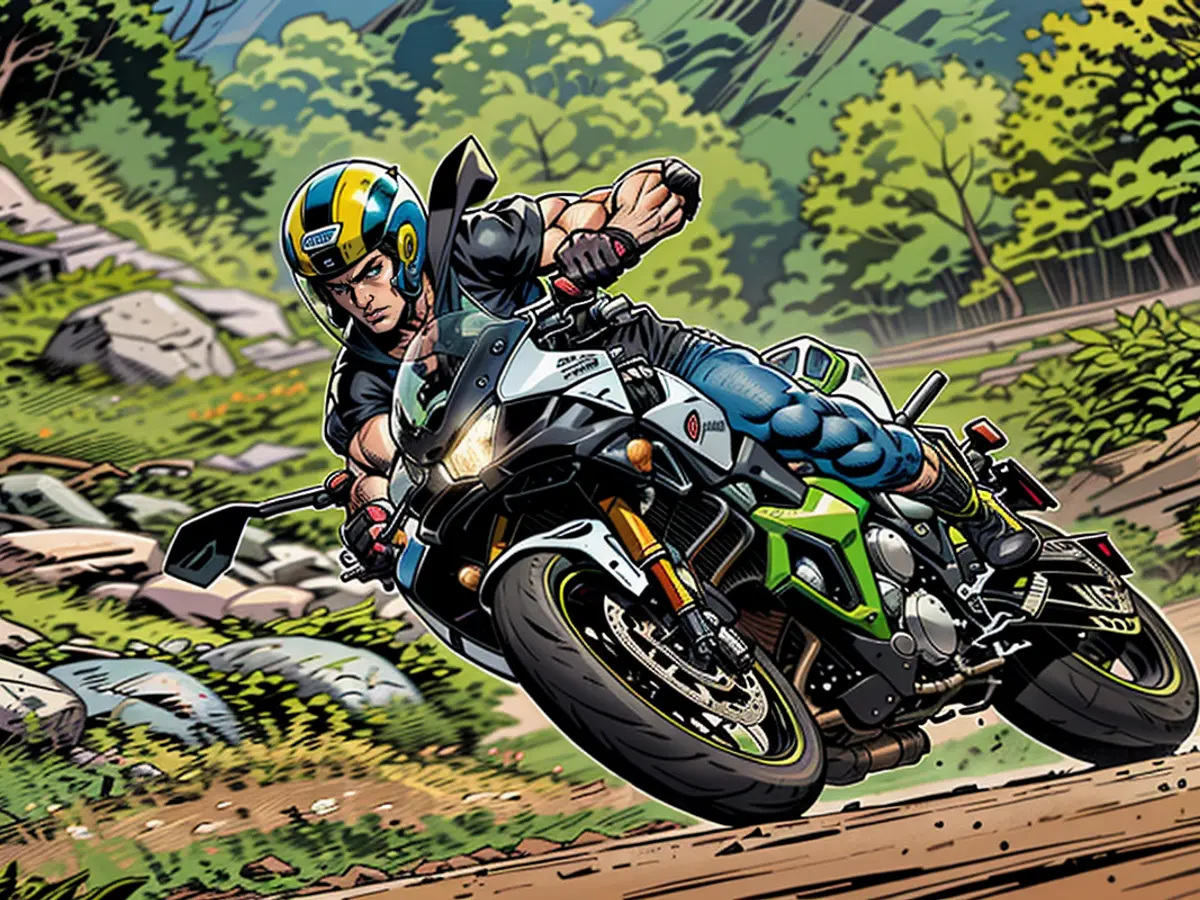Kawasaki Ninja 7 Hybrid - the one with the two hearts
Kawasaki has introduced an innovative motorcycle this year with the Ninja 7 Hybrid. But is the technical effort worth it?
If there were a prize for the most innovative motorcycle, Kawasaki would be the clear winner this year. The Japanese company has transferred a concept from the automotive world to the two-wheeler world that aims to save fuel and combine the power of two hearts: hybrid drive. This consists of an internal combustion engine and an electric motor, which unite under the command of software and cooperate with each other.
The two-cylinder combustion engine has a displacement of 451 cubic centimeters and produces 60 PS and 43.6 Nm of torque. The electric motor contributes an additional 9 PS, resulting in a combined output of 69 PS at peak. Of course, weight is less negligible on a motorcycle than in a car. The 1.4 kWh battery weighs 13 kilograms, making the Ninja 7 Hybrid a total of 227 kilograms.
10 kilometers in pure electric mode
Even though there is no clutch lever or foot shift lever, the Ninja 7 Hybrid does not use a pure automatic transmission. Two paddles on the left handlebar allow for upshifting and downshifting in sport mode. In eco mode, the Ninja does this automatically to save as much fuel as possible. Of course, no fuel is consumed in pure electric mode, which has a range of 10 kilometers at speeds up to 60 km/h.

So there is a lot to consider as a rider on the Ninja 7 Hybrid. Simply sitting on, starting, and riding off is a thing of the past. Questions arise such as: Do I want to shift gears? Is the electric drive sufficient? Do I want to ride more sportily? And so on.
To better describe the system, we will divide it into two parts. In sport mode, the Ninja runs conventionally on the combustion engine. Its 60 PS provides a decent acceleration, with gear changes made via the paddles. If that's not enough, pressing the wide button on the left of the throttle grip engages the electric motor, providing an additional 20 Nm of torque for five seconds. This option is indicated by a large blue "E-Boost" display. With a bit of practice, this works well, and the additional power is clearly noticeable. This extra boost is almost indispensable for overtaking on country roads.
Harsh gear changes
However, while the boost integrates seamlessly into the power delivery, manual shifting can sometimes result in harsh power interruptions that the rider cannot control and vary in intensity depending on the traction. Smooth gear changes are achieved differently. And of course, using the boost drains the battery, but one would have to travel many kilometers and use it frequently for this to happen. Once it's empty, it takes about 50 minutes of riding to fully recharge it.

The second part is the eco mode. When the automatic is activated, the Ninja shifts up quickly to save fuel. Here, too, the gear changes are harsh; sixth gear is reached at just over 60 km/h. In this mode, the Ninja is as tame as a lamb, suitable for leisurely cruising. The E-Boost is not available, but manual shifting can still be selected.
Not recommended for parking on hills
And how about the idle?The electronics recognize when the bike is stationary and automatically engage the first gear. Then, you just need to twist the throttle - and the Kawasaki rolls off. In eco-mode, it initially runs electrically, before the combustion engine kicks in. By the way, the Ninja also helps with pushing. You can activate the push mode (up to 3 km/h) with a small button on the left, which helps with maneuvering. Also, it's worth noting that the Ninja lacks a gear lock, so it's best not to park it on a hill.
One thought that came to mind when we started was: Because of the automatic transmission, the driver can no longer control the engine's torque via the clutch. However, there are driving situations where this is very practical - like nimbly navigating tight hairpin bends. Unfortunately, we didn't have the opportunity to test this.

In total, our tours resulted in a fuel consumption of 4.4 liters per 100 kilometers, with us mostly driving in sport mode. That's a decent value. But let's be honest: Who rides a motorcycle and pays attention to fuel consumption?
We conclude: There's a lot of technology in this Kawasaki - and a challenge in getting used to it. So, should you invest around 13,000 euros for so much technology? After all, motorcycles like the Honda Africa Twin 1100, the BMW F 900 XR, or even the Kawasaki Ninja 1000SX are in this price range. Ultimately, that's for each individual to decide. We recommend a thorough test ride.
Kawasaki Ninja 7 Hybrid - Technical Specifications
- Engine: Liquid-cooled, two-cylinder inline engine, 451 cc displacement, four valves per cylinder, 43 kW/60 PS at 10,500 rpm, torque 43.6 Nm at 7,500 rpm; injection, 6 gears, chain.
- Electric Motor: 3-phase AC motor with permanent magnets, 7 kW/9.5 PS, torque 24 Nm at 2,800 rpm, battery: Lithium-ion with 1.4 kWh capacity, weight: 13 kg.
- Chassis: Steel tube frame, USD telescopic fork ø 41 mm front, not adjustable, 12.0 cm suspension travel; double-arm swingarm, central spring strut, adjustable spring preload, 14.0 cm suspension travel; tires 120/70 R 17 (front) and 160/60 R 17 (rear); 300 mm double disc brake with dual-piston floating caliper front, 250 mm single disc brake with dual-piston caliper rear.
- Dimensions and Weights: Wheelbase 1.53 m, seat height 79.5 cm; weight (full tank) 227 kg. Fuel tank capacity 14 l
- Performance: Test consumption 4.4 l/100 km, payload: 180 kg, range approx. 300 km, standstill noise: unknown dB, top speed: 193 km/h
- Price: 12,990 euros

- Despite the hybrid technology, the Kawasaki Ninja 7 Hybrid remains a heavy motorcycle, with its 1.4 kWh battery adding 13 kilograms to its total weight of 227 kilograms.
- In eco mode, the Ninja 7 Hybrid shifts up quickly to save fuel, with harsh gear changes occurring as it reaches sixth gear at just over 60 km/h.








